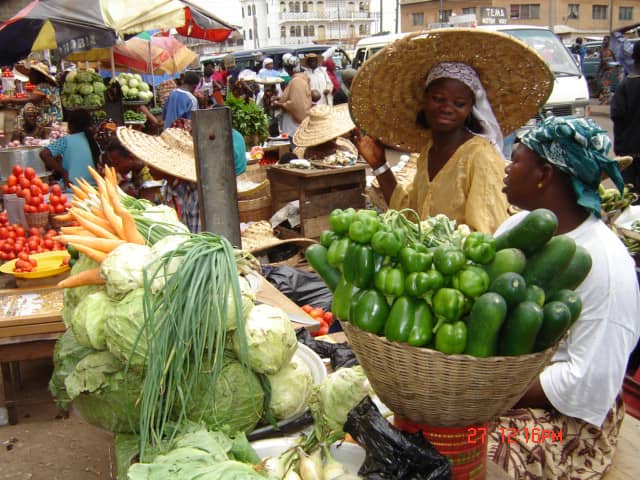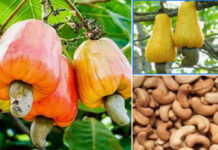Ghana used to export 36 different types of vegetables to a variety of destinations in Europe and the Americas but this figure has dropped to only 8: despite this gloomy picture, there are unexplored, practical steps that can be taken to reignite Ghana’s vegetable export sector.
These were the conclusions of leading players at last Wednesday’s FAGE Vegetable Roundtable, hosted by the Federation of Associations of Ghanaian Exporters (FAGE), in Accra.
“Things are looking bleak as 2021 statistics show that we only export 20 tonnes weekly to the UK as compared to 80-100 tonnes every 3 days back in 2012.” Added Pon Satheesh, General Manager of Srighan Farms Limited,
The drop in the vegetable trade comes at a time when the country is craving export opportunities, to arrest the slide of the Ghanaian cedi, tame inflation and create high-paying jobs.
Overcoming challenges exporting horticulture at Kotoka
Attendees bemoaned the lack of cold storage at Kotoka International Airport (KIA) but identified opportunities to reduce the impact of this. “It is not only the lack of carriers available to take our exports abroad that is the issue. We need more cold storage space at the airport.
Now, if we cannot get our cargo on the right flight, some exporters then need to pick up their produce from KIA and travel to another region in Ghana to get cold storage. It is so painful to manage.” Said Dr. Felix Kammasah, CEO of Maphlix Farms, and Chairman of Ghana Vegetables. FAGE and FreezeLink – which provides cold storage, transport, and engineering services to food and pharmaceutical companies – agreed to work together on these challenges, noting that cold chain logistics services extend product shelf-life, reduce post-harvest losses and increase the value of horticulture exports.
Opportunity to export vegetables by sea; unbroken cold chain required
The exporters also identified shipping by sea as a new unexplored opportunity for Ghanaian vegetable exporters. Historically vegetable export in Ghana has depended on transportation by air, because of the product’s short shelf life. Although fast, air freight is expensive.
“Other countries in Sub-Sahara Africa export significant volumes of vegetables by sea so we know it is possible,” said Pon Satheesh. “It would reduce transportation costs, increase our competitiveness and boost foreign earnings to Ghanaians,” he added.
However, a consensus was built around the fact that an effective cold chain is needed to unleash this opportunity. For every hour that passes after harvest without pre-cooling, the fruit and vegetables lose a day of shelf life. “End-to-end cold chain – including pre-cooling – from our farms to the customers’ palms – extends the shelf life of our horticulture produce and enables some vegetables to survive the long journeys involved in sea freight,” said Owusu Akoto, CEO of Freezelink. He added, “with the right protocols and cold chain infrastructure, we can change the story of Ghana’s fruit and vegetable export sector and make a contribution to this country that we are all proud of.”








